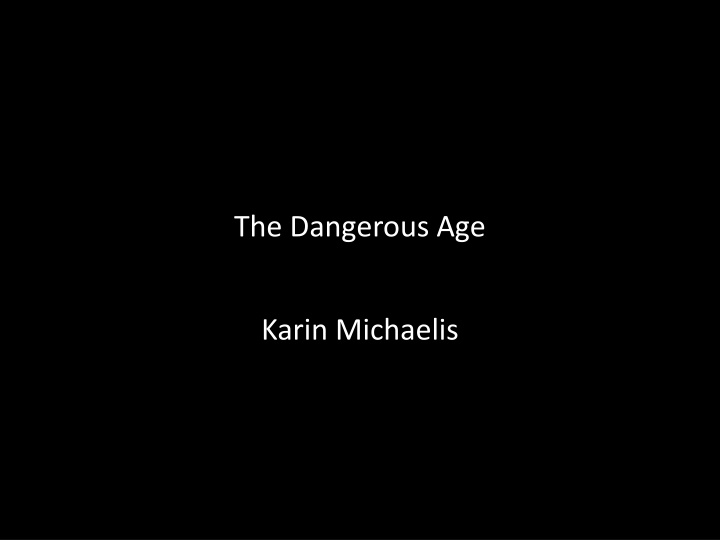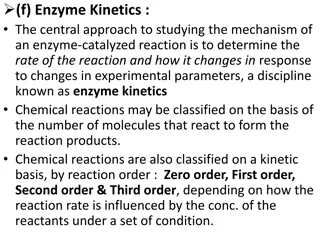
Exploring Danish Literature and Philosophy in the 20th Century
Dive into the complexities of Danish literature and philosophy in the early 20th century, examining the diverse trends and movements that shaped the literary landscape. From Karin Michaelis' "The Dangerous Age" to Kierkegaard's "Fear and Trembling," explore the interplay of naturalism, symbolism, and existential ponderings. Discover the nuanced relationships between language, age, and gender in works like "The Language Problem" and "Against Fatherly Language." Delve into the profound meditations on faith, sacrifice, and the human experience that characterized this dynamic era.
Download Presentation

Please find below an Image/Link to download the presentation.
The content on the website is provided AS IS for your information and personal use only. It may not be sold, licensed, or shared on other websites without obtaining consent from the author. If you encounter any issues during the download, it is possible that the publisher has removed the file from their server.
You are allowed to download the files provided on this website for personal or commercial use, subject to the condition that they are used lawfully. All files are the property of their respective owners.
The content on the website is provided AS IS for your information and personal use only. It may not be sold, licensed, or shared on other websites without obtaining consent from the author.
E N D
Presentation Transcript
The Dangerous Age Karin Michaelis
If it were not for your books, I could not have written mine - Colette
A Grey Area The two decades following the turn of the century have been described by Danish critic Bo Hakon Jorgensen as a skyggezone (a grey area) in Danish literature [ .] While a single trend, movement, or zeitgeist does not define the first two decades of the century, many competing and concurrent trends came into play: naturalism and realism, symbolism and Romanticism, social orientation and psychological introspection. (M. Stacher Hansen)
Fear and Trembling Kierkegaard s obsessive meditation about Abraham s covenant with God a covenant defines faith as a willingness to sacrifice/murder one s son defies all standard codes, not just ethical but familial, tribal, and lingual. Here is a story one has thought one understood, but the Danish philosopher is at pains to show how fraudulent our knowledge is, how unspeakable these matters are, since they resist both logic and language. (Arnold Weinstein)
The Language Problem From the first page of her letters and diaries to the last, she challenges herself and her readers unrelentingly, without intervention by any other narrator, about the politics of women s ageing [ .] Den Farlige Alder dispenses with the conventional narrator who foresees and analyzes character s development. (M. Stacher Hansen )
Against Fatherly Language The double movement of negation and conquest can most clearly be seen in the domain of language. Here too, a NO can be heard, a refusal to be content with existing structures of language on the grounds that they are always an expression of existing social structures [ .] a counter language has to becreated in short, criture f minine . (Annegret Heitmann)
A hymn to the life of human beings, from birth to death, rendered in stone and bronze [ .] I wanted to express their joys and sorrows, their loves and separations, their struggles, victories and defeats, until solitude takes each in its embrace. (Rudolph Tegner, The Arch of Life, 1912-15)






















